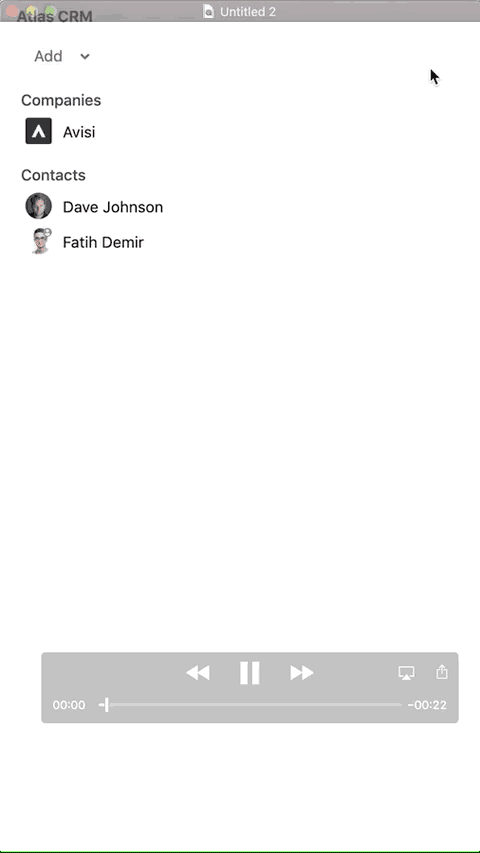Chris Meijer
Product Marketing
One of the main throwbacks with implementing CRM is a low adoption rate amongst employees. Any new system, also a CRM, impacts every team in your company - marketing, dispatch, customer service, sales, HR, development etc. They all have to understand the benefits for a successful CRM System adoption. We are here to help you to get everyone involved.
Marketing can't promote products if the field can't deliver it. Development can’t improve or build products when they don’t know what the customers want. Sales can’t close deals when they don’t know what the company can deliver. With all these variables, it is critical to involve all the teams across departments to work with up-to-date customer information and specifics about what's going on and how it impacts every one of them.
Even if you get so far that employees start understanding the benefits of the CRM System, they might think it wastes their time and energy. So how to overcome the emotional and rational boundaries of CRM system adoption across the teams?
Listen to your employees. Make sure they have the opportunity to let you know which features they do and do not need. Pick a CRM system which is simple to learn for new users. Make sure that the employees can easily teach themselves. Before and during the implementation period identify a few groups who will use the system the most. As these users become more involved and feel part of the design and decision making process, they will become ambassadors who will help you to ensure that other users in their team adopt the system early and easily.
To encourage CRM System usage, make sure that everyone knows why the CRM System is put in place. Highlight the benefits for the user, for the teams and for the organisation. Don’t forget that the core of your employees' decision making is emotional. Associate the CRM system with good emotions and clear results. For example show them how much time it can save them. Make them want to use the CRM System because they and the company will gain from it.
Knowing the benefits is usually not enough to motivate. Show the benefits to the employees. Ease them into using the CRM System. Give them a training about what they need to know to get started. Training people how to use your CRM solution is not one-day goal, it is a process to create awareness and engage the users. Needless to say that the employees will be more willing to adopt if the transaction period is made easy and clear.
Don’t forget to provide CRM training to new employees and those who may need a refresher course, and during the adoption of new features.
People are busy and they don’t like extra activities which waste their time and do not provide them with clear benefits. Ensure all your employees can quickly enter data about a lead/opportunity without needless hassle. What brings us to the next point.
Make sure your CRM system is as simple as possible. If you really need a CRM system with every feature possible, use it. But the companies which get their employees using CRM systems faster and more effectively make use of fewer features - the features they really need.
Have all support documentation available and easily accessible. Make sure that employees don't need to reach out to support for common how-to issues.
Adapt CRM at every level. Nothing gets an employee's attention faster than an email from the CEO with a message ''I was looking in the CRM and could not find....',"
All teams must understand the benefits for a successful CRM System adoption. Foster communication between teams and departments. Your company is working towards the common goals, together, and customer information is vital for all teams.
Integrate your CRM with some of the main tools your employees need daily, for example, Atlassian tools like Jira Software, Confluence and JIRA Service Desk. The integration makes the CRM System adoption faster, smoother, and seamless.
It's critically important to move customer information from different systems into the CRM, so the one-view customer profile is in one central location. By centralizing the information, all parties involved can find up-to-date customer information they need, where and when they need it.
By enabling all the teams to access all information they might need from a single place, the sales process can be streamlined and less daunting.

Read more about getting started with Atlas CRM for Jira and Confluence.
